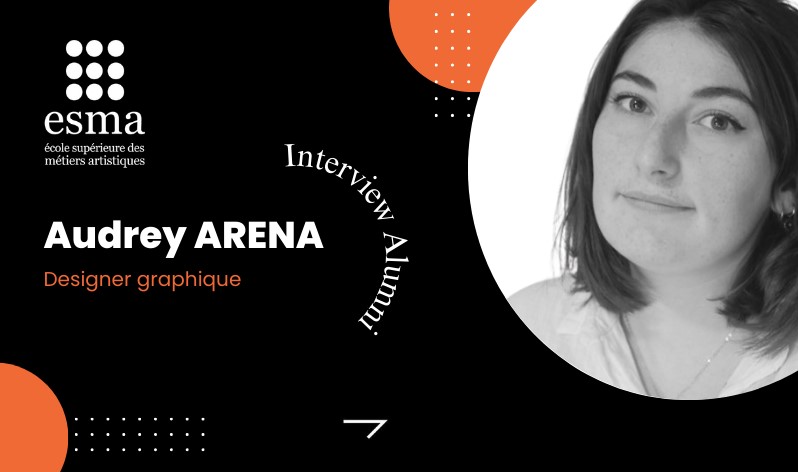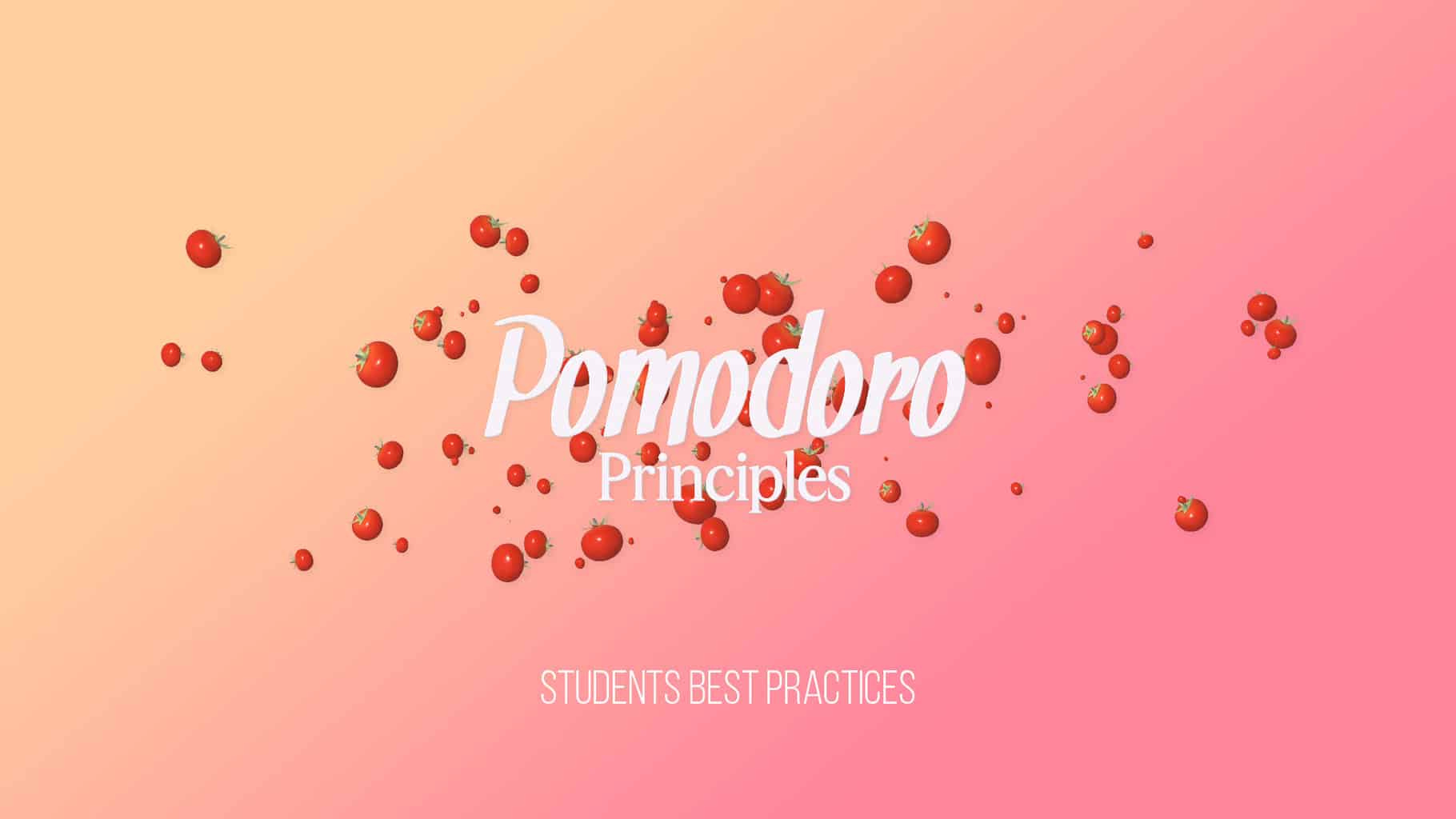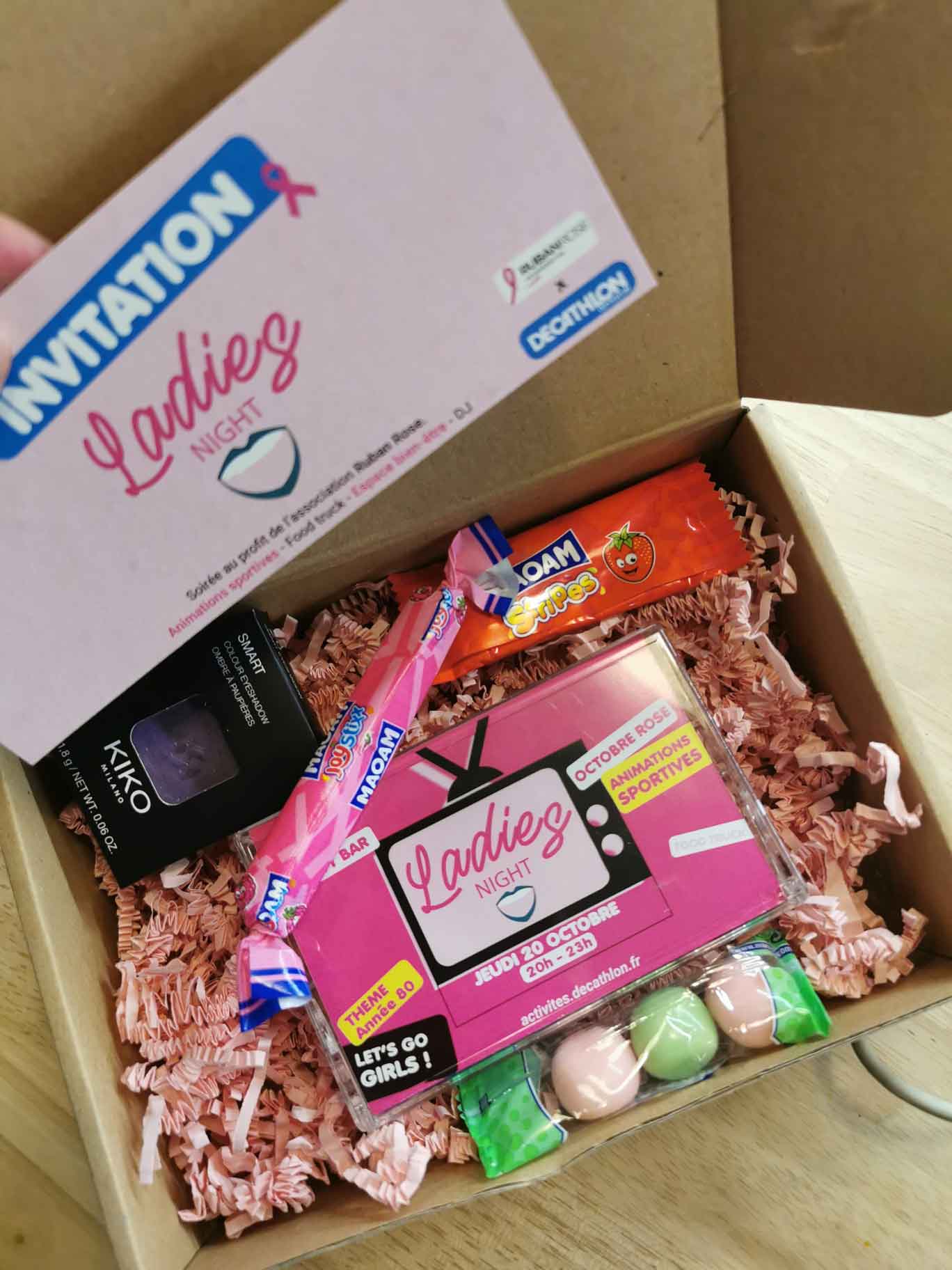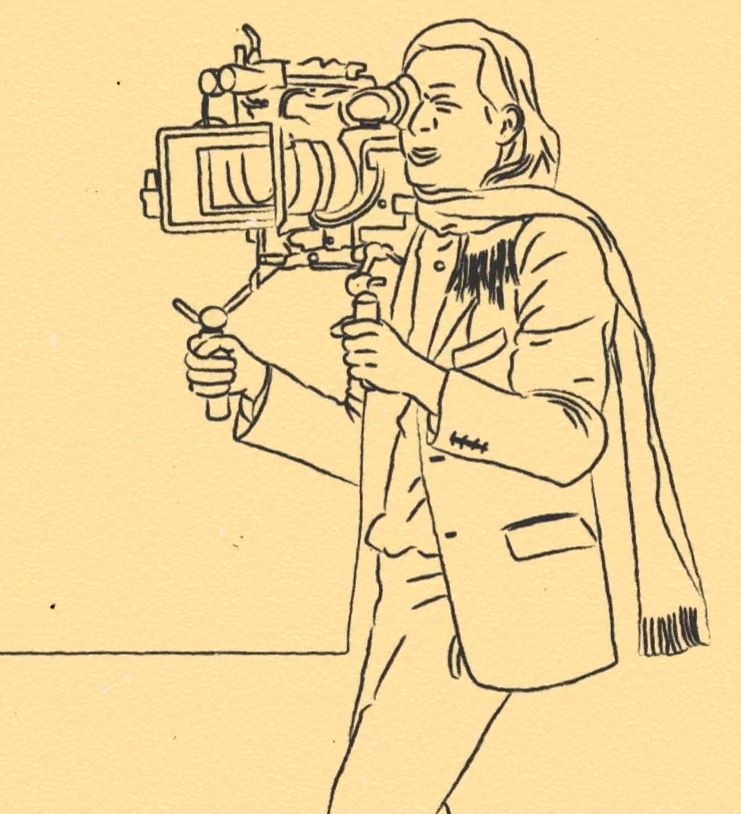
-
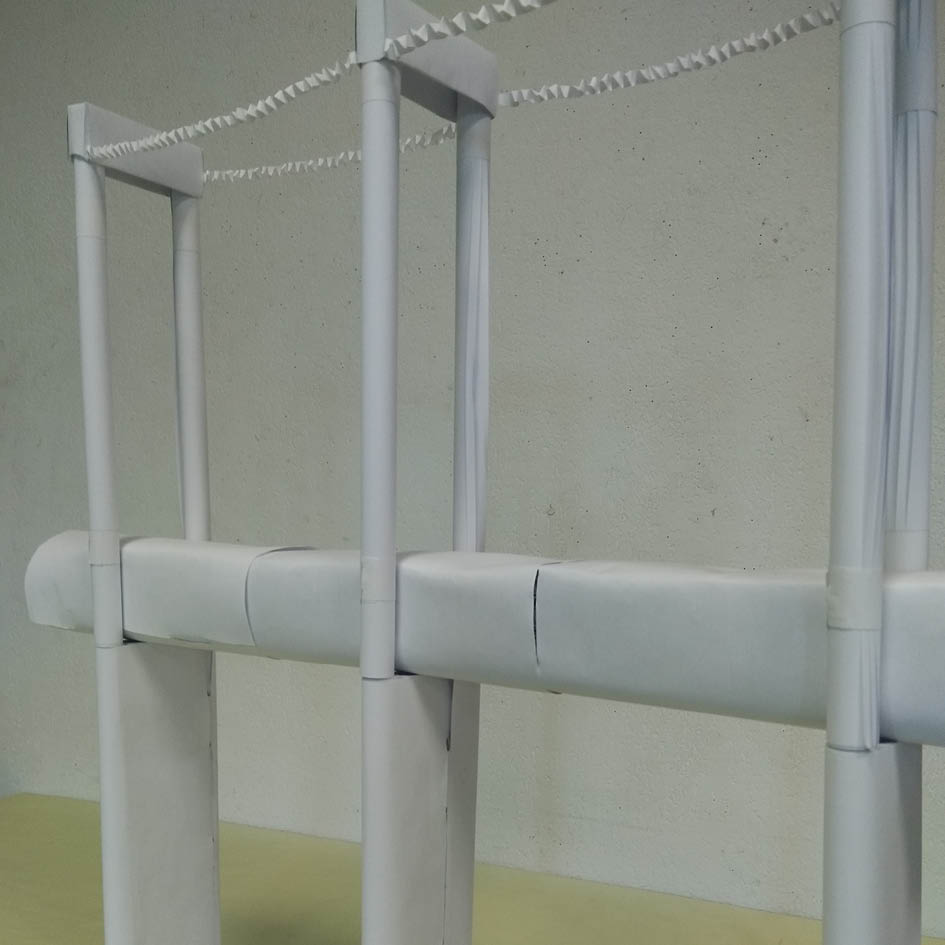
- Promotion 2010
- Training Graphic Design
- currently works at Agence CDO
- position Artistic director
From mainland France to New Caledonia, via the creation of a clothing brand, Sébastien Jermer, a former Graphic Design student, has had a rich and varied career. Find out more about him.
A look back at your ESMA years
What drew you to the world of graphic design and why did you choose to study at ESMA?
I’ve always drawn, but in 2006 I discovered a brilliant tool: Photoshop. It was crazy, and I started making montages to create T-shirts and illustrate my blog. As the months went by, Photoshop became such a big part of my life that I decided to stop studying business and go into graphic design.
I chose ESMA for two reasons: I’d heard very good things about the school and it had great communication. That was important to me because it gave me a sense of direction.
What did the course give you?
A lot! Curiosity, technique, open-mindedness, artistic culture… You get there raw and you come out with a refined creative profile, that’s how I experienced it.
Was there a subject you particularly liked?
I loved all the artistic subjects, but particularly the way they complemented each other and the links they made through the projects I was asked to do.
How did your professional immersion go after graduating from ESMA? Did you know what you wanted to do?
Once I’d graduated, I had a lot of interviews, but the conclusion was always the same: I liked my portfolio, but the fact that I’d just graduated scared me. I knew I wanted to work in an agency but, to be honest, finding a job was going to be complicated.
Your career path
What was your career path when you left ESMA?
A few months after graduating from ESMA, I was hired as a graphic designer at Com-Océan, near Avignon, where I did branding and packaging for wines and spirits.
Then I went to live in New Caledonia, in Nouméa, for 5 years, where I joined the Coup d’Ouest agency, first as a graphic designer and then as a design assistant.
In 2017, I returned to mainland France, to Bordeaux, and continued the adventure with Coup d’Ouest, which set up a branch under the name ‘Agence CDO’.
You spent several years living in New Caledonia. Can you tell us about this experience? Was it a choice or an opportunity? Are there any differences between working in mainland France and working there?
I left with a classmate from ESMA (special thanks to Grégoire). We were both working at Coup d’Ouest and living in the same flat, so it was a great time!
At first, it was a choice, I was only going for a year, but the trip turned into a professional opportunity, so I stayed for several years. What’s more, I liked life there, it’s softer, less stressful and nature is omnipresent in everything we do.
As far as work is concerned, there’s no difference from mainland France, except that the big clients are more easily accessible. That’s why I’ve been lucky enough to work for Mercedes, Oreo, Panzani, Citroen, Quick, Subaru… and to do editing work for advertising campaigns. It was very stimulating, especially as I had a lot of visibility for my work given the small size of the territory.

4 years ago, on your return to mainland France, you joined an agency as artistic director in Bordeaux. Can you tell us a bit about that? Your job, your missions, the projects, your clients’ profiles..
When I was about to return to mainland France, Coup d’Ouest was planning to set up a branch in Bordeaux (Agence CDO) and asked me to be part of the project. My job is the same, but the configuration has changed, because in Noumea the agency is established and recognised, whereas in Bordeaux we had to start from scratch and adapt, especially as Covid arrived not long afterwards. On the client side, I work for both small and large companies and I alternate between projects in mainland France and projects in New Caledonia. My assignments vary a lot: visual identity, advertising campaigns, publishing, packaging, but above all the web, because demand is so strong.
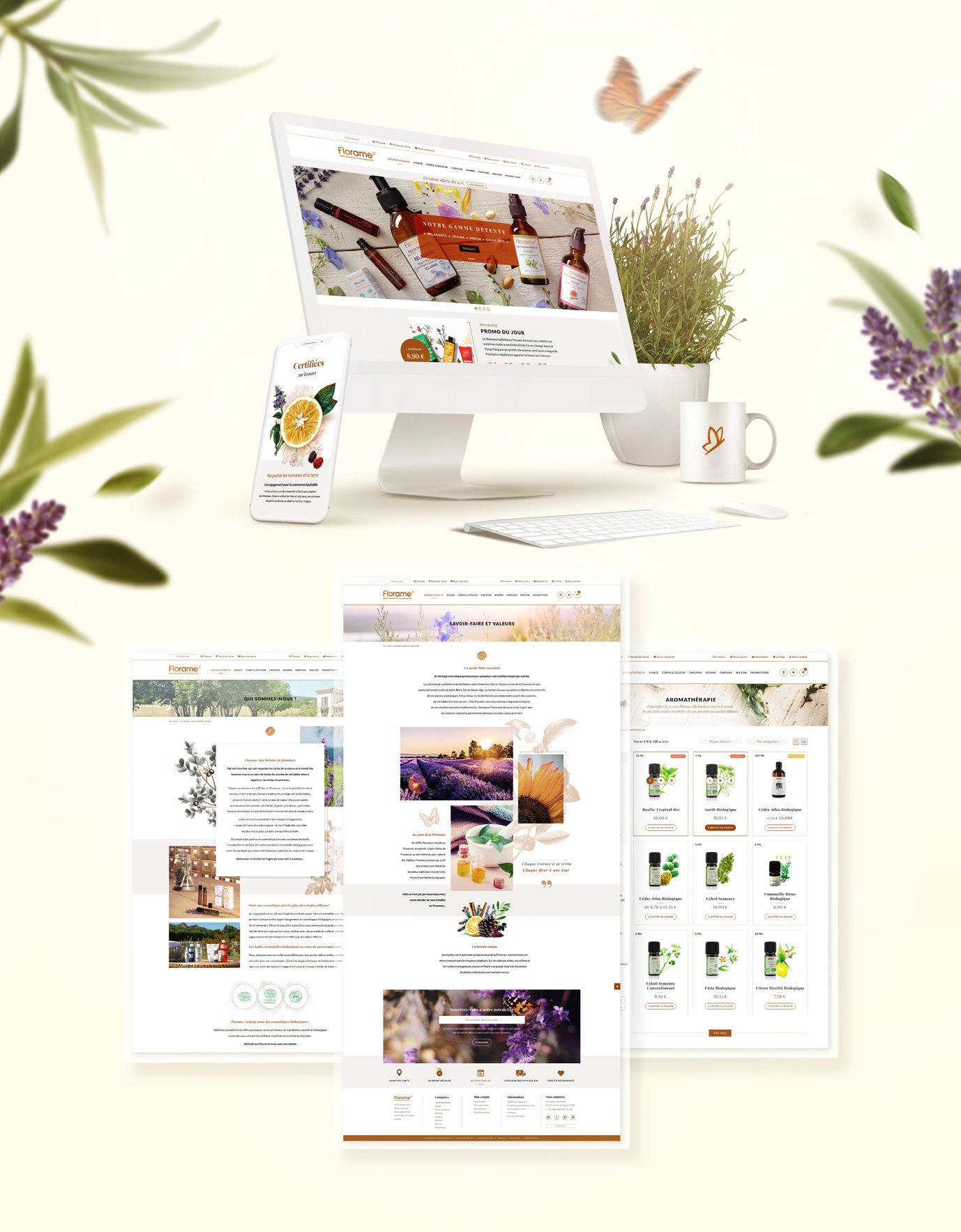
How do you approach the projects you’re given?
First of all, I get to know the client and try to understand their field of activity and the problems they face. Then I take notes and make a few sketches on paper before going to the computer. When it comes to creative work, I like to look outside my client’s sector for inspiration, so that I can come up with an image that sets them apart from their competitors.
Have you noticed any changes in graphic design over the past decade?
On the whole, I find that the level of design is getting higher and higher, while at the same time becoming more streamlined. The evolution of the web and apps has had a big influence on design, and certain software such as Sketch, XD and Procreate have done a lot to change the way we create.
Is there a signature Sébastien Jermer style?
It’s complicated in an agency because I have to adapt to each client’s world. In my spare time, I regularly paint abstract shapes that can perhaps be likened to a signature.
Instagram : @__jrmr__
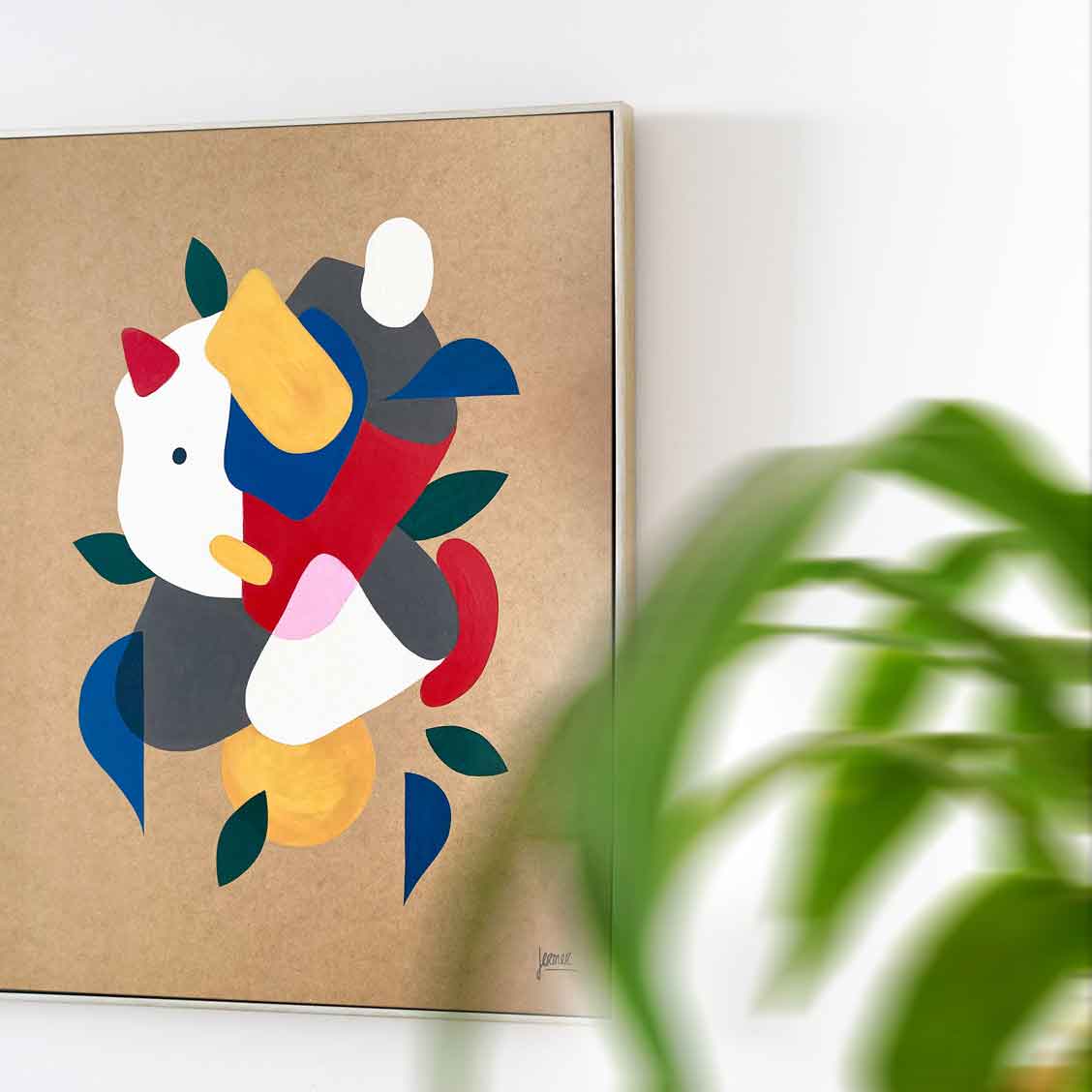
Is there a project you’re particularly proud of that you’d like to tell us about?
An international campaign for New Caledonia Tourism. The aim was to boost tourism in New Caledonia, targeting several countries (France, Switzerland, Germany, Italy, Japan, the United States, New Zealand and Australia). The project was distributed worldwide using a wide range of media: posters, press, bus and tramway wraps, video, web, etc
It was my first project on this scale, and the subject was particularly close to my heart, as I was keen to promote the island where I lived. It had a big impact on me.
Website: sebastienjermer.com
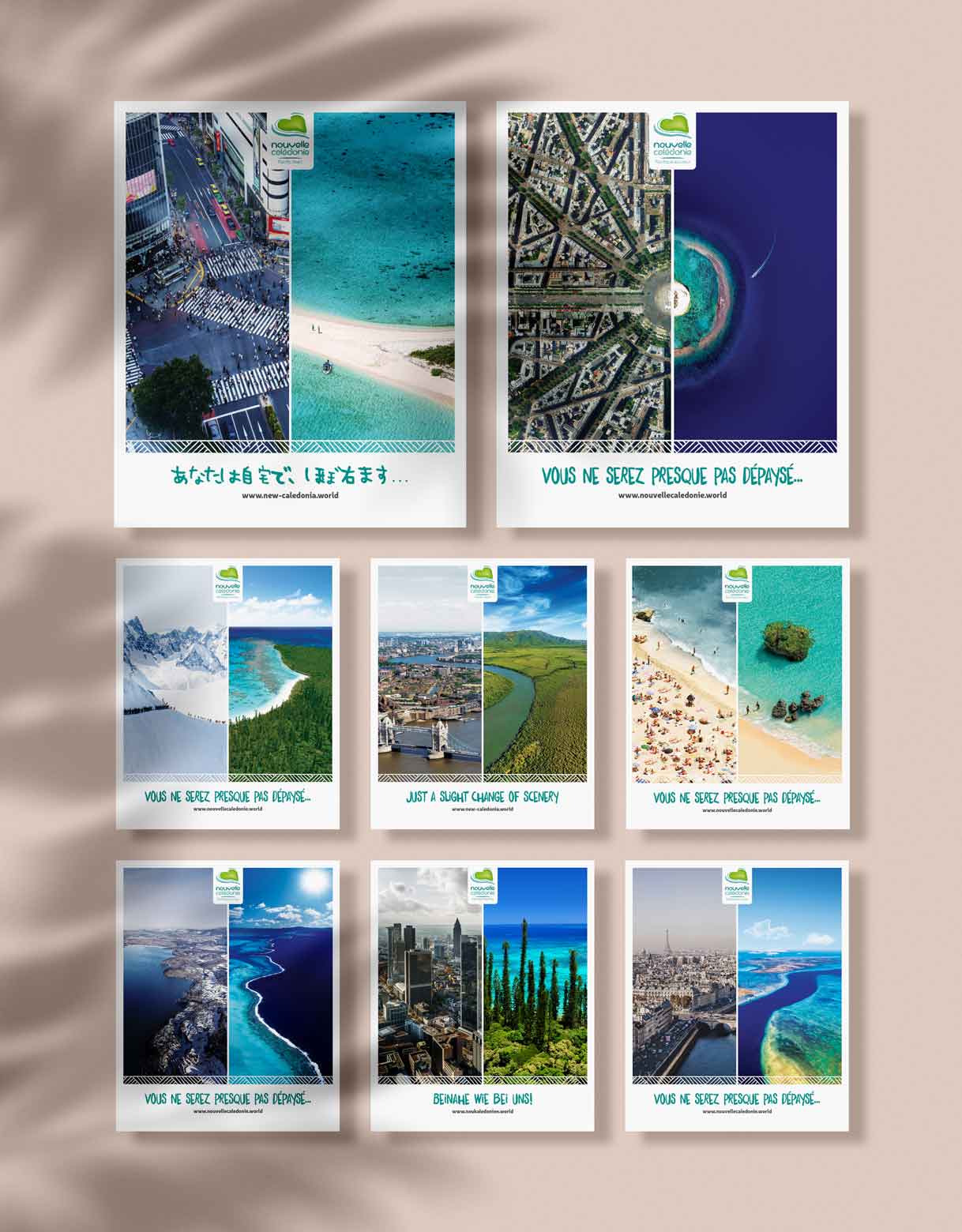
La Belle Collab
You launched the “La Belle Collab” project. Can you tell us a bit about it and how it came about?
La Belle Collab is a website that offers limited edition t-shirts created by artists with their artwork.
The project came about as a result of the various confinements and consequent closure of spaces dedicated to culture. This lack of access to art made me want to find a different way of showing it, to take it off the walls and make it visible in our everyday lives.
The T-shirt medium was an obvious choice for me: it’s mobile, timeless and everyone wears it. What’s more, I have a great affinity with textiles, because as I said earlier, I started out as a graphic designer using them.
Why did you launch this project? And what’s the aim?
This project was launched to promote the creativity and work of promising artists. The aim is to offer a rare and original product that reflects the world of art.
Are you alone in the project or are there several of you running it?
I set up the La Belle Collab project on my own, but I have a friend, Renaud, who took care of the development of the site and who still sees to its smooth running today. He is a great support to me in this adventure.
How do you select the artists for your project?
I look for them on social networks, mainly on Instagram, and I also get requests by email that I sort into selections. There are also artists I already know, like Siko, an alumnus of ESMA and of my year. I really like his work, so I asked him to do a collab.
How do you work together to choose the T-shirts?
The artist has two options: either he decides to create one or more works especially for La Belle Collab, or together we select existing works from his portfolio.
I sometimes refuse certain visuals that won’t sell, for example when they are too contemporary, or for technical printing reasons. We validate the works together, but the artist still has the final say, and that’s important because it’s his work after all. Once the visuals have been validated, the artist chooses the price and the number of copies according to my guidelines.
Why “make art accessible to all”?
I wanted art to be of interest to as many people as possible, not just an informed public. So it was important that the medium and the prices should appeal to as many people as possible.
Was it important to offer artistic fashion that rhymes with ethics?
Yes, clearly, nowadays you can’t do things any other way. The T-shirts are printed in France using eco-certified water-based inks on 100% organic cotton. The fact that the printing is done in France also limits the transport of goods and encourages local craftsmanship. Even the shipping packaging is made from recyclable paper.
Fashion is a fiercely competitive business, so how do you see the future of beautiful collab?
It’s difficult to say. I’m optimistic because there’s a real demand in the niche I’ve chosen, but the reality is that a lot of brands are disappearing fast because they can’t compete in a market where prices are always lower.
Do you want to make a full living from this and devote yourself solely to this project?
For the moment I’m managing this business in my spare time, but I have to admit that I’m really enjoying it. It remains to be seen whether the project develops over time.
you currently have 7 artists on your roster. What are your future projects?
The aim is to regularly offer new artists and new T-shirts. I’m currently preparing new collabs for the coming months and I’m thinking about offering new products.
Instagram : @labellecollab
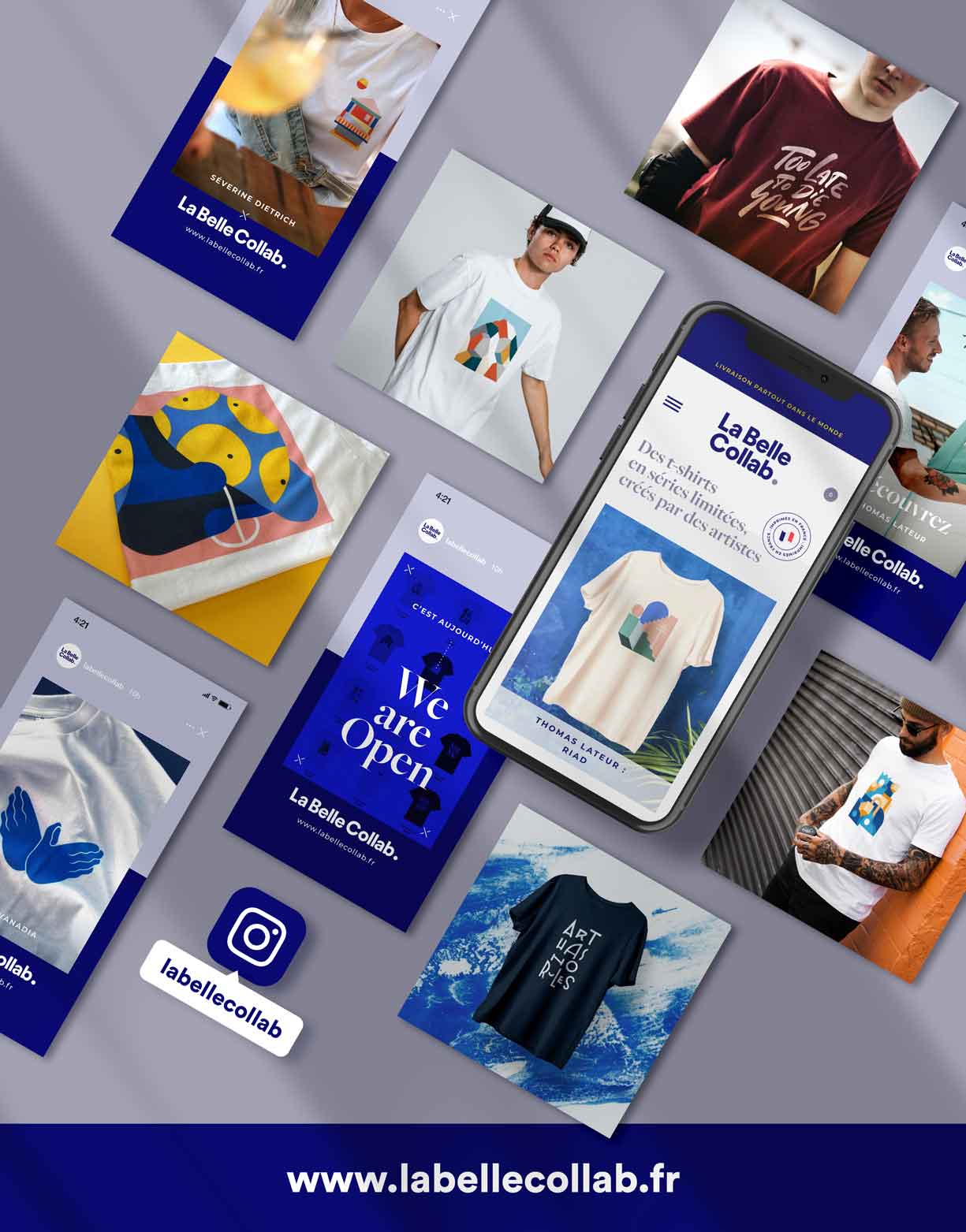
Conclusion
Future projects?
I became a father this year, which is already a great project.
Would you like to go back to the islands?
Not immediately, but maybe in a few years’ time.
Any advice for our students and future students?
To have fun, that’s all.
